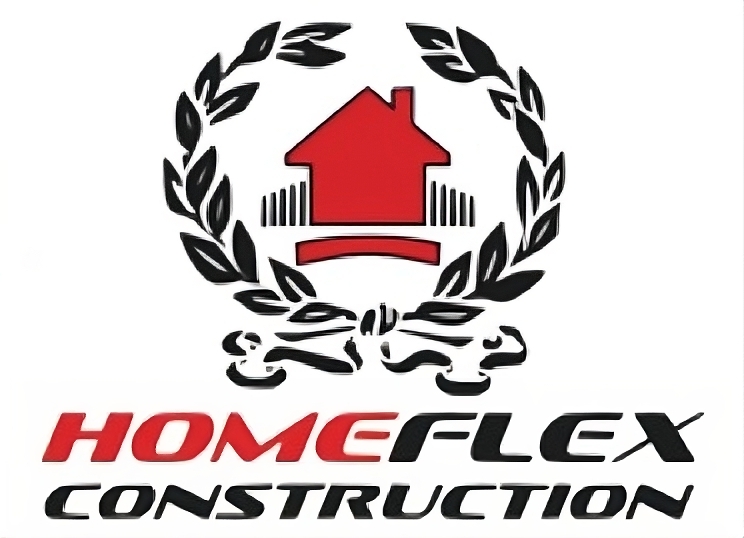Home construction is no longer just about bricks, beams, and blueprints; it’s about intelligence. From voice-controlled lighting to energy-optimizing HVAC systems, smart home construction is transforming how we live. In cities like New York, where space is tight and efficiency is critical, the rise of tech-integrated buildings is not just a trend; it’s the future.
Let’s explore how smart home construction is revolutionizing urban living and what it means for NYC homeowners.
Why Tech-Integrated Construction Matters
Smart homes were once considered luxury add-ons. Today, they’re a smart investment. Building technology directly into homes during construction leads to higher energy savings, better security, improved accessibility, and a seamless lifestyle experience. Tech-integrated buildings are also more adaptable, allowing for automation, customization, and real-time data usage for maintenance and comfort.
1. Built-In Smart Wiring Infrastructure
In smart construction, homes are pre-wired for future-proof connectivity. Ethernet, fiber optics, and high-speed data cabling are installed throughout the home, allowing devices, appliances, and systems to communicate without lag or interference. This provides a robust backbone for everything from internet-connected appliances to whole-home automation systems.
2. Integrated HVAC and Energy Systems
One of the biggest game-changers in tech-integrated buildings is energy efficiency. Smart thermostats, solar-ready rooftops, radiant heating systems, and zoned HVAC can be embedded into the home’s design. These systems adapt to the homeowner’s behavior, adjust temperatures by room or time of day, and significantly cut utility costs, ideal for NYC’s harsh winters and humid summers.
3. Advanced Security and Surveillance
Today’s smart homes come with built-in security features like facial recognition doorbells, motion-activated cameras, smart locks, and alarm systems connected to your phone. These aren’t just convenient, they offer real-time safety updates and peace of mind. In dense NYC neighborhoods, where security is top of mind, tech-integrated surveillance is a major asset.
4. Smart Lighting and Window Systems
Lighting can now adjust based on time, mood, or occupancy. Built-in smart lighting systems can be controlled through apps or voice assistants like Alexa or Google Home. In NYC, where natural light is limited in many buildings, automatic window shades and smart glass can also help regulate light exposure and reduce energy usage.
5. Sustainable Water and Waste Management
Many modern smart homes include greywater recycling, leak detectors, and intelligent irrigation systems. These technologies ensure better water usage and help prevent property damage. In cities like New York, where building codes encourage sustainability, these features can contribute to LEED certification or other green building standards.
6. Voice and App Integration for Full Control
Tech-integrated buildings are designed with a central system or hub that allows all smart features to be controlled through one app or voice assistant. Whether you’re adjusting the thermostat from work or checking who’s at the door from your vacation, smart homes give homeowners greater convenience and control than ever before.
7. Enhanced Accessibility and Aging-in-Place Features
Smart construction is also inclusive. Voice-activated systems, automated door openers, and fall detection sensors allow elderly or differently-abled individuals to live more independently. In New York, where multigenerational living is common, tech-integrated features can help create safer, more accessible homes for all ages.
8. Remote Monitoring and Predictive Maintenance
Imagine being alerted when your HVAC system needs servicing, before it fails. Smart buildings use sensors and AI to monitor system performance and flag issues. This predictive maintenance can save thousands in emergency repairs and extend the lifespan of appliances and structures.
Conclusion: Building the Homes of Tomorrow, Today
Smart home construction isn’t just a luxury, it’s quickly becoming a necessity in fast-paced, high-density cities like New York. By integrating technology from the foundation up, builders can deliver homes that are more efficient, secure, accessible, and comfortable.
Whether you’re planning to build a new home or retrofit your current one, embracing tech-integrated solutions is a future-ready decision. As smart systems become more affordable and essential, now is the perfect time to start building smarter.
